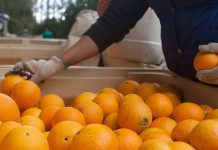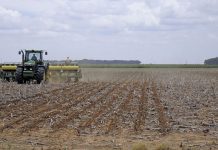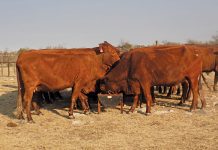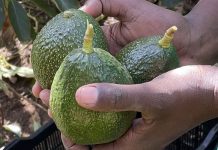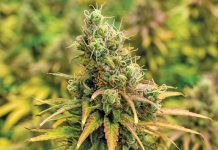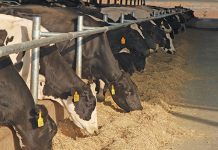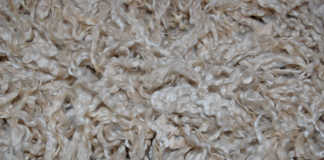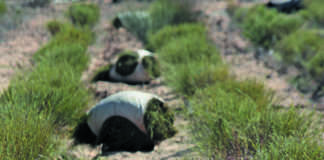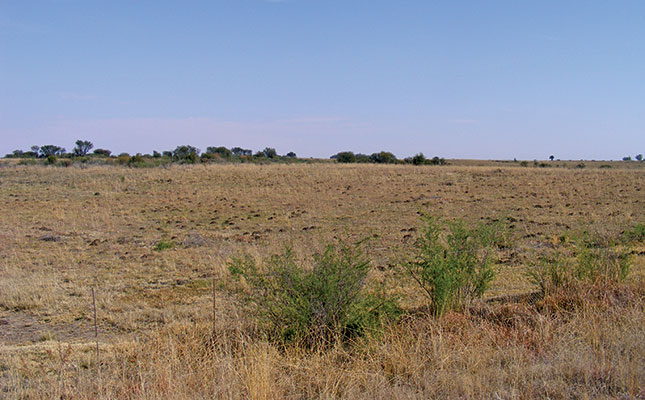
Wandile Sihlobo, head of economic and agribusiness intelligence at Agbiz said South African agriculture had been in a recession since 2015.
“But we think that time is over. There is a 75% likelihood of a La Niña [weather phenomenon occurring] that could last until next year. [And] we may see a normalisation in crop [production]. Food inflation has reached 12% and may rise to 12,3%, mainly underpinned by [high] meat market prices that makes up 30% of a food basket. With good rain we may see a reversal of food inflation,” he said.
According Sihlobo, indications were that 2,4 million hectares of maize would be planted this coming season. To date, 80% of the projected area had already been planted in Mpumalanga, with the eastern Free State following suit, Sihlobo said.
“With that number we can reach 11,8 million tons of maize production, which means we will be a net exporter. This trend will be mirrored by other crops and the crop sector will show a good recovery,” Sihlobo said.
South Africa could earn R6 billion in export revenue from maize exports, Sihlobo said.
“The agricultural sector created 56 000 jobs in the last quarter, although it may not have been the best jobs around. Agriculture created more job opportunities than mining and is responsible for [creating] 6% of all jobs in the local economy. Some of these jobs may, however, not be sustainable as they are seasonal,” Sihlobo said.
In 2014, an average of 5 000 head of cattle were slaughtered weekly, but this figure rose to 15 500 per week from 2015 when producers began culling herds due to the impact of the drought, he said.
According to Agbiz CEO, Dr John Purchase, the sector did face challenges, however, such as the impact of the current political uncertainty on the economy.

